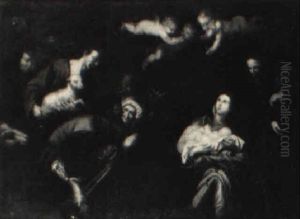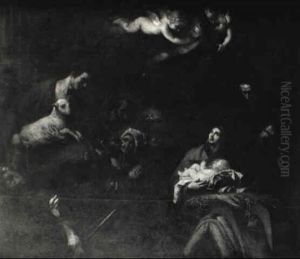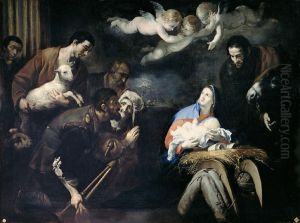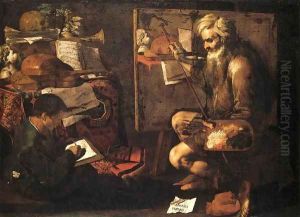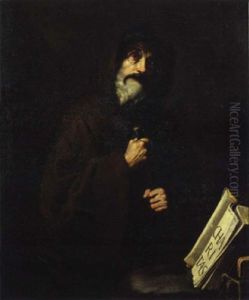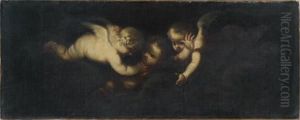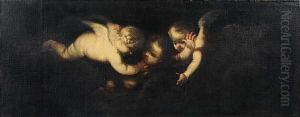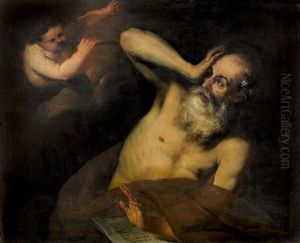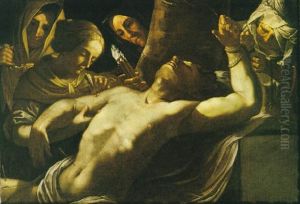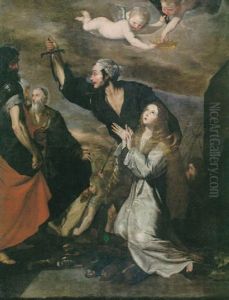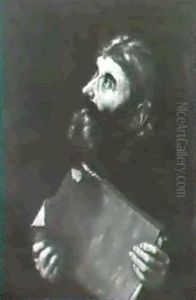Giovanni Do Paintings
Giovanni Donato, known as Giovanni Do, was born in 1448 in Florence, Italy, during the Early Renaissance, a period marked by the revival of interest in the classical art and philosophy of ancient Greece and Rome. Although not as widely recognized as contemporaries like Leonardo da Vinci or Sandro Botticelli, Giovanni Do contributed significantly to the art of his time, primarily through his work as a painter and manuscript illuminator. His exact contributions and the details of his life are less documented than those of his more famous peers, leading to a certain level of obscurity in his historical footprint.
Giovanni Do's artistic career was characterized by the influence of the Florentine school, known for its emphasis on linear precision, detailed narrative scenes, and a harmonious balance between figures and landscapes. His works often depicted religious themes, a common practice of the time, reflecting the deep intertwining of the Catholic Church with daily life and art. Despite the lack of surviving works definitively attributed to him, it is believed that his style contributed to the development of narrative storytelling in art, which would become a hallmark of Renaissance painting.
The political and social climate of Florence during Giovanni Do's lifetime was turbulent, with the city-state often finding itself at the center of power struggles both internally, between rival political factions, and externally, with other Italian city-states and foreign powers. This environment, coupled with the flourishing of humanist thought, provided a rich backdrop for Giovanni Do's artistic development. The Medici family, prominent patrons of the arts, played a crucial role in the Renaissance, supporting artists, scholars, and thinkers of the time. However, there is no direct evidence to suggest that Giovanni Do was under their patronage, which was common for more renowned artists of the period.
Giovanni Do's death in 1491 marked the end of a career that, while not as celebrated as that of his peers, contributed to the rich tapestry of Renaissance art. The lack of detailed records and surviving works makes it challenging to fully assess his impact on the art world. However, his life and work remain a testament to the vibrant artistic community in Florence during the Renaissance, an era that reshaped Western art and continues to inspire admiration and study centuries later.
